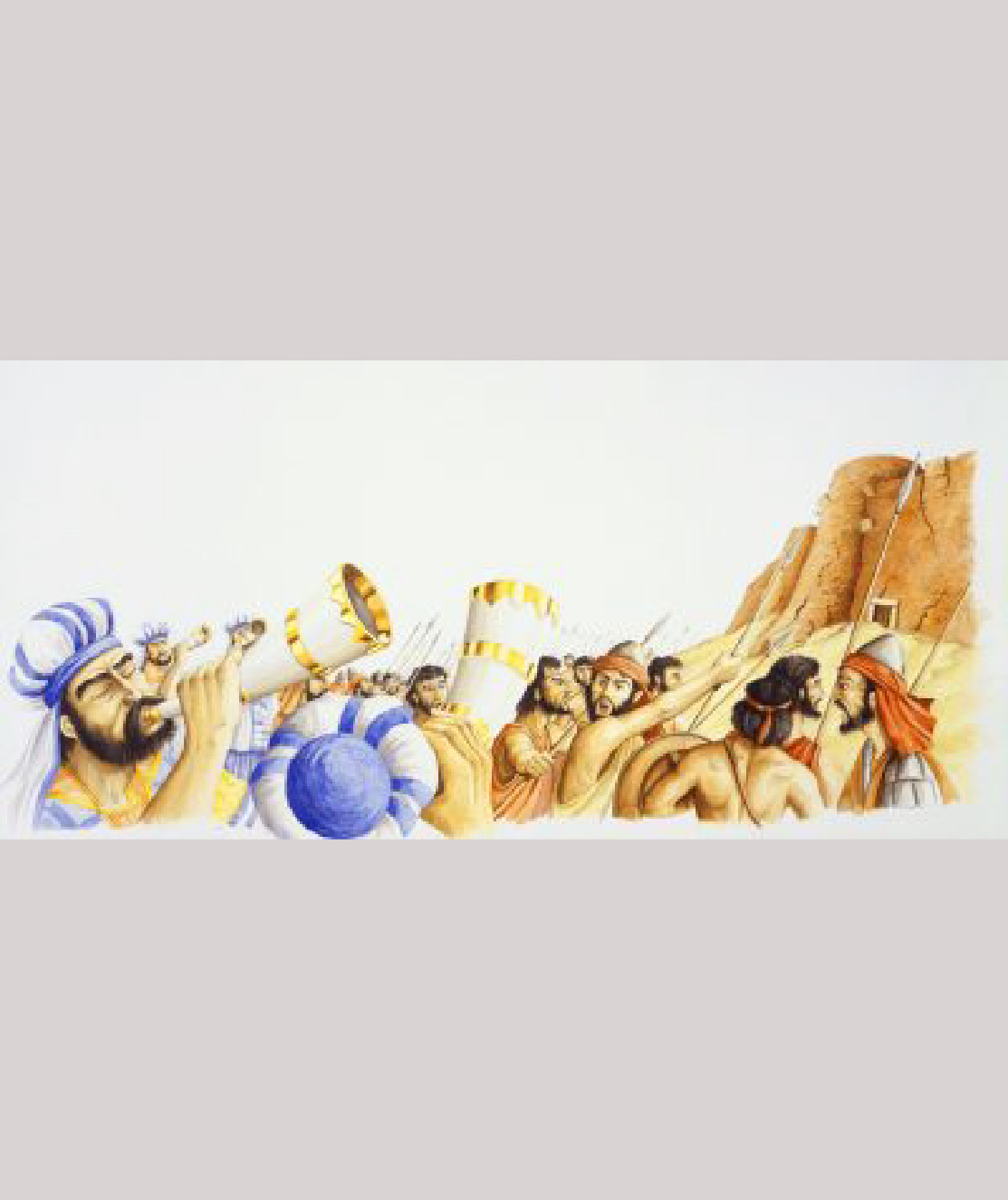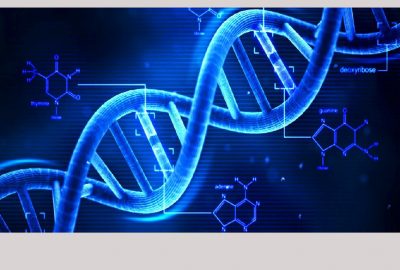Science and Religion
Proof of an Intelligent Designer
e cannot prove that God exists by scientific experiment. That would be like trying to measure the speed of light using a thermometer, which can’t be done because they are entirely different things. But did our creator leave sufficient proof of his existence for us to find him?
RECOGNISING INTELLIGENCE
Scientists became very excited when they first discovered stone tools together with bones in a cave, as the stone tools were the evidence of a tool maker. The scientists recognized that these tools could not have designed themselves but were made by intelligent beings, so they concluded that early man was responsible for making the tools even though they did not witness it personally. This connection between information and prior intelligence enables us to detect intelligent activity even from unobservable sources in the past. There is an organization in California called SETI that is searching for extraterrestrial intelligence and they use radio signals and optical telescopes to search for deliberate signals from outer space. How will they know when they have found smart E.T.s? All they are looking for is a coded radio signal from outer space because the people at SETI believe that if they find a complex coded message, they can safely assume that an intelligent being sent it. It is a pity that they are looking to the skies for coded messages from an intelligent source when they should be looking through a microscope instead at DNA, the basic building block of life that contains a coded message that was designed by a very intelligent being – God himself!!
WHAT IS DNA?
DNA is short for deoxyribonucleic acid. It is present in every cell of every living being and carries all the information about how that organism will look and function. It carries the genetic code and is responsible for passing information on from one generation to another. It is a full instruction manual, telling the cells in the body to act in a certain way and contains the instructions needed for living beings to develop, survive and reproduce. Bill Gates once said, “DNA is like a computer program, but far, far more advanced than any software we’ve ever created”. Recent discoveries have shown that the information in DNA is only part of a complex information processing system in each cell. This is so complex that it far exceeds our present capabilities in computer design in its complexity, design logic and information storage capacity and amazingly DNA can reproduce itself in only a few hours. How did such a vast amount of information and programming come to be in each human cell?
A RESULT OF EVOLUTION?
Did the chemicals needed for the formation of DNA come together through an unguided process which relied only on chance? To think that this is possible is like making a huge heap of random Scrabble letter tiles then scooping up a bowlful and throwing them on the floor and the letters falling into a line in perfect alphabetical order A – Z. That is as likely as a DNA molecule appearing on the earth by chance. Clearly, “something else” is at work. Dr. Werner Gitt, a German professor of information systems, makes it clear that one of the things we know from science is that information cannot arise from disorder by chance.
WHO DESIGNED DNA?
The information on a computer screen can be traced back to a user or a programmer. The information in a magazine comes from a writer. So, the discovery of information in the DNA molecule provides strong grounds for inferring that intelligence played a role in its origin, even if we weren’t there to observe the system coming into existence. This leads to the conclusion that the huge amount of information in the cells of living things must originally have come from an intelligence, which must be far superior to ours. The Bible says, “God created mankind in his own image, in the image of God he created them; male and female he created them.” The amazing molecule of DNA with its complex information system has been created by the most intelligent designer – our ever loving God. It is he who says, “It is I who made the earth and created mankind on it. My own hands stretched out the heavens; I marshaled their starry hosts.” (Isaiah 45:12)
KNOWING THE DESIGNER?
Before he died, a well-known atheist, Professor Antony Flew, said that in keeping his lifelong commitment to go where the evidence leads, he now believed in the existence of a god after the complete discovery of the DNA molecule. “What I think the DNA material has done is show that intelligence must have been involved in getting these extraordinary diverse elements together.” The most important question is that if there is sufficient evidence of an intelligent designer, almighty God himself, would you like to know him? Would you like to spend some time with him? He wants to have a personal relationship with you and is waiting to reveal himself to you. Just ask him into your life and he will transform it. God does not force us to believe in him, instead, he has provided sufficient proof of his existence for us to willingly respond to him. He is waiting.
Famous Catholic Scientists
Blaise Pascal (1623-1662) was a French mathematician, physicist, inventor, writer and theologian. He is probably best known for being the first person to invent a mechanical calculator. He grew up as a Roman Catholic but it was only after a conversion experience in 1654, when he had a vision of God, that he abandoned his scientific work to concentrate on theology. He wrote many theological works mainly in defence of Christianity. He said “There is a God shaped vacuum in the heart of every man which cannot be filled by any created thing, but only by God, the Creator, made known through Jesus.”
Gregor Mendel (1822 – 1884) was a German scientist hailed as the Father of modern genetics. His studies of the characteristics of pea plants and how these were passed on to the next generation of plants gave the basis for the future study of genetics. He was the first person to trace the characteristics of successive generations of a living thing. He was not well known in his life time but was a humble Augustinian monk, who taught natural science to school children. The importance of his work was not recognised until twenty years after his death.







Leave a reply